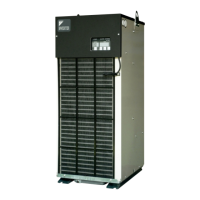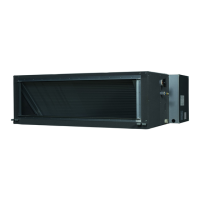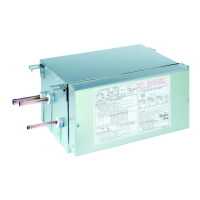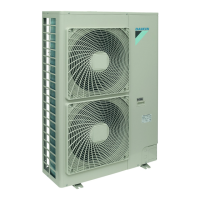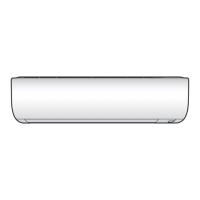Built-in breaker
model
Built-in tank
model
Different-voltage
model
CE model
Built-in heater
model
Installation
Models
Oil Cooling Unit and Accessories
4
Precautions for Installation 6
Method of Transportation / Conveyance / Storage
5
Reference for Pipe Selection 7
Electric Wiring 8
CONTENTS
1
Circulating type
Standard
model
Menu
Series
Built-in
breaker
model (–B)
CE model
(–C)
Built-in
heater
model (–H)
Built-in
tank model
(–T)
Different-
voltage
AKZ149
AKZ329
AKZ439
Instruction Manual
AKZ9 Series
If the air filter is clogged, the cooling performance deteriorates,
causing excess power consumption.
Clean the air filter periodically to reduce power consumption.
Thank you for purchasing DAIKIN Oil Cooling Unit (“OILCON”).
This instruction manual includes instructions for using the Oil
Cooling Unit.
To ensure proper use of this product, be sure to read through this
instruction manual before using it.
After reading this manual, keep it handy for your future reference.
Monitor Items 23
Timer Operation 24
Additional Setting Functions 25
Setting Additional Function 27
For Temperature Control Improvement 30
Alarm/Warning Output Logic 33
Alarm Settings for Optional Protection
Devices (Installed by User) 33
Handling
Before Operation
13Model Identification and Specifications
14
Part Names and Functions 15
Names and Functions of the Control Panel Parts
16
Checking Initial Operating Conditions 18
Operation Setting 19
Holding Constant Oil Temperature 20
Tuning Oil Temperature to Room Temperature
(or Machine Temperature)
21
Cooling Oil at Constant Capacity (%) 22
Optional Parts
Machine temperature tuning control 34
Returned oil temperature control 35
Communication with main machine 36
Maintenance
37
38
Maintenance/Inspection
• Daily maintenance/inspection
• Periodic maintenance/inspection
• To leave the unit unused for a long period
CE compliance declaration
42CE compliance declaration
Troubleshooting
• When the unit operation seems abnormal
although no alarm is activated
• When an alarm is activated
• When a warning is generated
Safety Precautions
Installation
Procedure
Before
Operation
Useful
Functions
Maintenance
Troubleshooting
Supplement
Document
Optional
Functions
Operating
Procedure
DAIKIN Oil Cooling Unit
(“OILCON”)
Proper use results in power saving
Compliant with
ROHS
PIM00318A
PIM00318A_EN.fm Page -1 Tuesday, October 26, 2010 12:37 PM
